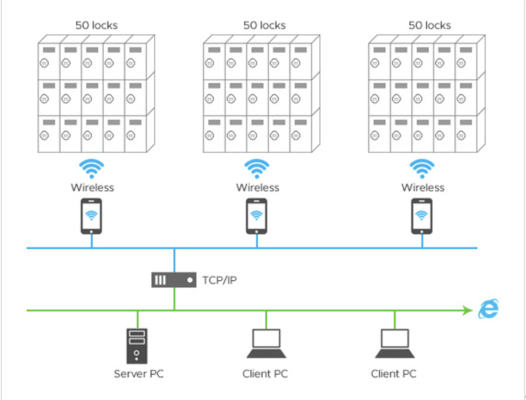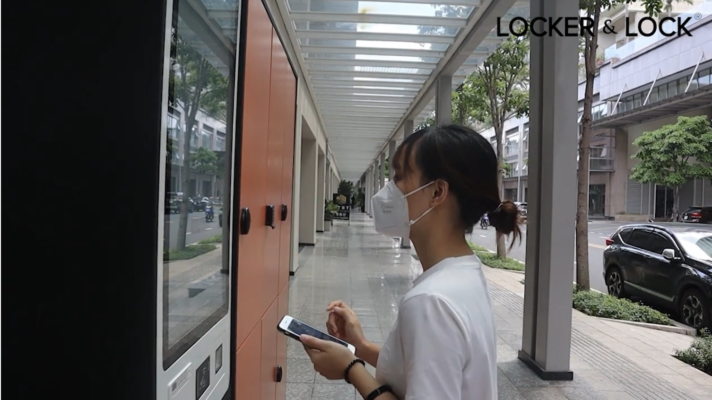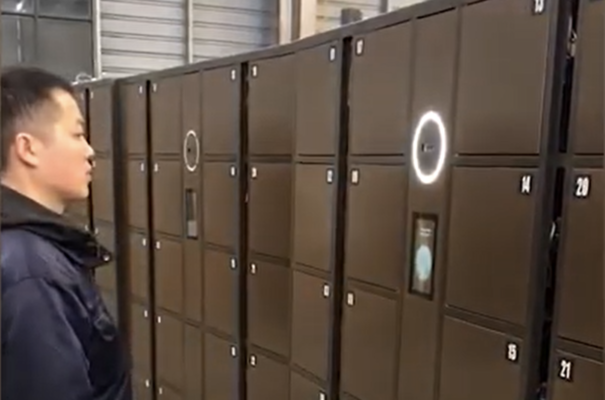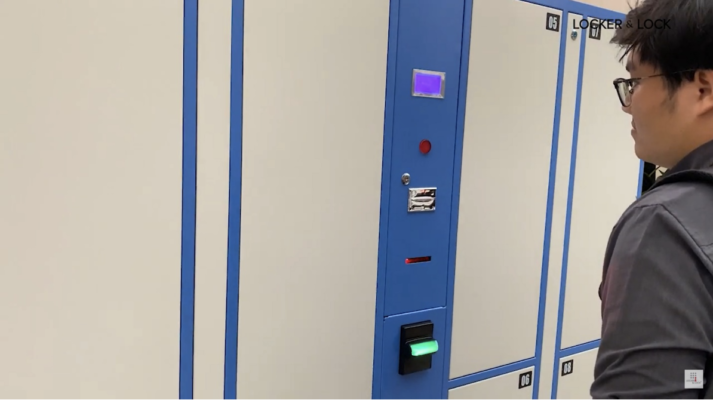The internet is awesome. Thanks to it, people can interact with each other more easily. But not only that. The Internet is making great strides in helping people interact with inanimate devices as well as helping devices interact with each other.
Imagine you are reading this article somewhere and don’t remember if you forgot to turn off the air conditioner at home. You can completely check or even turn off the air conditioner with just your smartphone. We can do this with the help of IoT or the Internet of Things. IoT is really changing the way we live and shaping new human interactions with the devices around us.
So, what really is IoT? This article will give you an overview of them shortly.
1. Overview of Internet of Things
IoT or the Internet of Things is a system of interrelated devices connected by the Internet to send or receive data from one device to another.
An IoT system consists of three basic components: device, gateway, and storage cloud.
A device may include hardware, software, or sensors that interact directly with its surroundings. These devices are mostly interoperable.
In order for IoT devices to access the internet, a gateway is required. The gateway will be the place to transfer data from devices to the cloud.
The cloud can be understood as a place that will store and process data for you. The cloud with the support of machine learning algorithms and large storage capacity not only helps to secure the data from the device but also can analyze the data to generate new insights to serve you. The famous cloud services can be mentioned as Google Cloud, AWS, Microsoft Azure [1].
This article will not go into more depth about IoT. We have a variety of other articles on the topic of IoT that can provide you with a lot of great knowledge. An overview of IoT is the best way for me to introduce the star of the article: smart locker. Smart locker is a perfect example of the usefulness of IoT devices in helping people have a better, more secure, and comfortable life. Let’s start with the first question: What is a smart locker?
2. What is an IoT-based Smart Locker System?
An IoT-based Smart Locker System is a locker capable of securely storing and distributing products within it, relying on hardware and programmed sensors to determine the presence and integrity of assets, people, and property. have access to the property as well as management throughout the time it is in the locker. A smart locker system is fully featured of an IoT system as users can interact with the device through software, the device is connected to the internet and operated by a powerful back-end, like the cloud. The diagram below depicts a locker system using a smart lock provided by Locker&Lock.
 The locker system uses the ZP100WRN smart lock provided by Locker&Lock. Source: Locker&Lock (https://lockernlock.vn/e_smart_lock/smart-locker-wireless-online/)
The locker system uses the ZP100WRN smart lock provided by Locker&Lock. Source: Locker&Lock (https://lockernlock.vn/e_smart_lock/smart-locker-wireless-online/)
3. How does an IoT-based Smart Locker System?
How does an IoT-based Smart Locker System work? First of all, they act as a locker. You put things in lockers, lock them, and get things when you need them. But what makes this locker smart is its ability to manage assets as well as the variety of ways it can interact with users.
First, let’s talk about security. This is the primary concern. In addition to being made from sturdy materials such as cold-rolled steel, powder-coated, iron, wood, or high-quality plastic, programmable hardware and sensors help users keep a close eye on the condition of their assets anywhere. whenever they want. The detailed, accurate, and continuous asset tracking of smart lockers creates new opportunities for everyday business. We will talk about this later.
Next, I would like to mention the various interoperability of smart lockers. Currently, PIN codes are underestimated in terms of security, smart lockers use more advanced login methods such as RFID, barcode, fingerprint, facial recognition, or connect to the user’s phone.
As I said earlier, smart lockers with superior security create business opportunities that you couldn’t have before. Let’s take a look at practical examples of smart lockers.
4. Example of IoT-based Smart Locker System
4.1. Limited Contact Lockers:
This is the name I came up with for the locker. It comes from the fact that in the midst of the ongoing COIVD-19 pandemic, limited communication has become one of the vital conditions of business. It’s hard not being able to do direct business, but think about it, if you have a smart locker, you will put the product you want to sell and put it in the locker. The locker will record your customer information and send that customer information to retrieve the item. Transactions take place, without you needing to communicate directly with the guest [3].
This is a smart and effective solution, not only during the pandemic. Instead of distributors having to go to a customer’s home, they can send the product to a smart locker at a nearby physical store, where the customer can then pick up and make the transaction. This helps customers reduce delivery costs and also increases sales opportunities for merchants because customers will tend to buy more items when they go to the store in person.
Even if you are not a seller, you can still use a smart locker to sell what you want to someone without worrying about product loss or damage, by the same method. This smart locker solution is definitely the right investment for business people because it opens up new business opportunities that they could not have imagined before.

Contactless smart locker provided by Locker&Lock. Source: Locker&Lock.(https://youtu.be/KfOb-Z7AKjA)
4.2. High-security lockers:
You will need the highest security smart locker you can find if you are in the banking or hospitality industry. Smart lockers can do this by applying the latest security technologies and even combining them. In addition, what is inside the locker will also make your customers happy. Imagine how secure and comfortable your customers will be when their lockers can recognize faces, use fingerprints, magnetic cards to unlock, they can track everything inside their lockers, even smart lockers can charge laptops and phones for guests while still ensuring safety and security [4].

Source: Locker&Lock’s face-recognition smart locker. Source: Locker&Lock. (https://youtu.be/SgKT6MVl2xQ)
4.3. Pick-up smart locker:
Have you ever been to a strange place and don’t know what to do with your luggage. Being able to get things at all times as well as the high security of smart lockers will help you in this case. It would be great if you found a smart locker that allows you to leave your stuff at the time you want. At that time, peace of mind will replace worries and help you have fun experiences [5].

Source: Locker&Lock’s pick-up smart locker. Source: Locker&Lock.(https://youtu.be/MyJKQdR68sc)
5. Benefits of using an IoT-based Smart Locker System
Wow, what a great product the smart locker is. You can reflect on that by looking at the comprehensive list of benefits of smart lockers below:
5.1. Reduce labor costs
Smart lockers the storage of belongings becomes automatic. Therefore, businesses do not need to spend labor on asset management issues or checking and operating lockers as before.
5.2. Minimize property loss
The monitoring system is transparent, automatic, and not controlled by humans to help minimize the previous human impacts that caused property damage. When a device is taken or returned, the smart locker can know exactly who is using it. Logs of all activities make it easier to find what went wrong that led to the damage.
5.3. Create new ways of doing business
Taking full advantage of smart locks can create new ways of operating in the storage, transportation, and warranty of products. The practical examples of smart lockers in section 4 are perfect proof of this statement
5.4. Improved performance
Not only creating new methods but previous performance can also be improved. Enterprises can build new processes around the smart locker system. For example, mobile device repair shops can categorize lockers for product labeling. When placing the product in the finished locker, the wardrobe can send an email notification to the customer. When the product is placed in the repair locker, the locker can send an email to the technical staff.
5.5. Continuous operation
Smart lockers are designed to operate, even in the event of a power failure, they always have a backup battery. Even when the backup battery runs out, they can still function as normal lockers, although this is a rare occurrence. Smart lockers have the ability to quickly recover once the connection is restored without affecting the management hardware or software. This is still the first choice, from businesses to organizations that need quick response capabilities or law enforcement agencies.
5.6. Easy to customize
You can work directly with the manufacturer to create the right locker, just for you. The applicability of high technology, as well as the development of technology, makes the personalization of smart lockers possible. They depend on your usage needs and practical conditions.
SOURCE
[1] https://www.simplilearn.com/learn-iot-basics-skillup?utm_campaign=Skillup-IOT&utm_medium=Description&utm_source=youtube [2] https://lockernlock.vn/e_smart_lock/smart-locker-wireless-online/ [3] https://youtu.be/KfOb-Z7AKjA [4] https://youtu.be/SgKT6MVl2xQ [5] https://youtu.be/MyJKQdR68sc